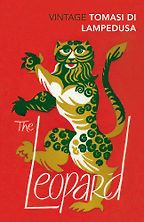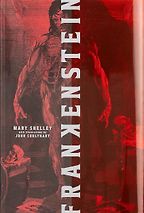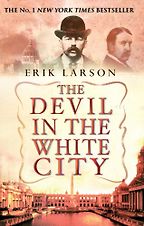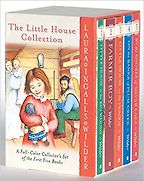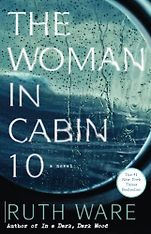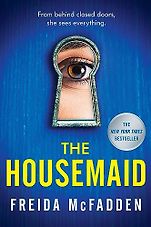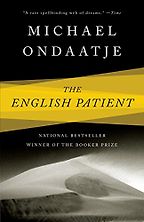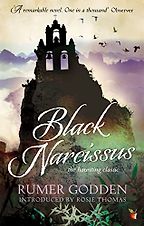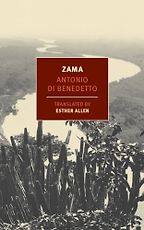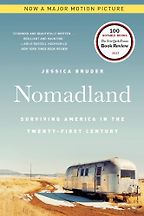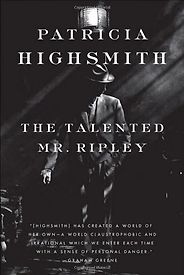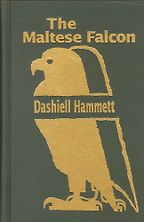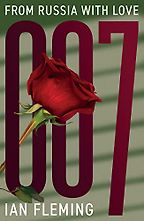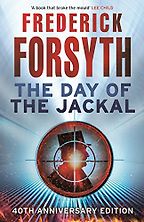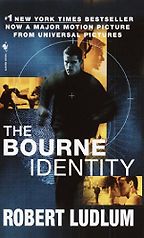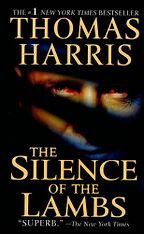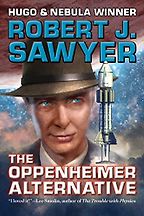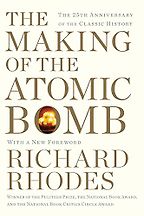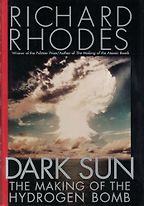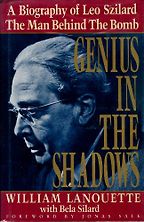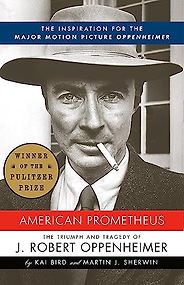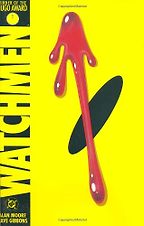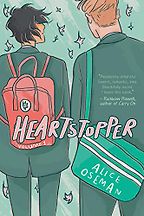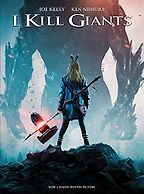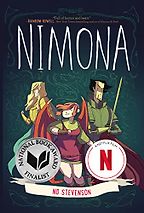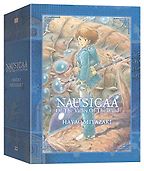Books Made into Movies
Last updated: June 19, 2025
Books becoming movies in 2025 | Books made into movies in 2024 | Books made into movies in 2023 | Books made into Netflix series or films | Books made into HBO series
Books Becoming Movies in 2025
As a way of choosing books, selecting those that are being made into movies should be a good way to go. Why spend millions bringing a book to the screen unless it has an unusually spellbinding plot or is a particularly wonderful evocation of a time and place? Below are some of the books film directors have seen worthy of turning into movies in 2025.
The Best Book-to-Movie Adaptations, recommended by Peter Markham
Both books and movies seek to tell compelling stories, but they do so in different ways. Peter Markham, both a director and a long-time teacher of directing at the American Film Institute, talks us through five of his favourite book-to-movie adaptations—and what they reveal about successfully bringing a book to the screen.
Good Thrillers with Great Movie Adaptations, recommended by James Twining
The elements you need for a perfect thriller are a brilliant central character, some link to reality, and an inanimate object around which the human story revolves, says bestselling thriller writer James Twining. He recommends five good thrillers that have been turned into great movies.
-

1
American Prometheus: The Triumph and Tragedy of J. Robert Oppenheimer
by Kai Bird & Martin Sherwin -

2
The Oppenheimer Alternative
by Robert J. Sawyer -

3
The Making of the Atomic Bomb
by Richard Rhodes -

4
Dark Sun: The Making of the Hydrogen Bomb
by Richard Rhodes -

5
Genius in the Shadows: A Biography of Leo Szilard, the Man Behind the Bomb
by William Lanouette & with Bela Silard
Books about J Robert Oppenheimer (to Read After the Movie), recommended by Mark Wolverton
Books about J Robert Oppenheimer (to Read After the Movie), recommended by Mark Wolverton
It’s not often that a movie about something we know a lot about lives up to expectations, but when it came to the Oppenheimer movie, science writer Mark Wolverton—who has read almost every book he could find about the making of the atomic bomb—was impressed. As a bonus to his interview (on the history of physics), he shared some recommendations of books to read for others who enjoyed it, including a sci-fi novel in which Oppenheimer’s life takes a different turn.
The Best Graphic Novels That Were Made into Movies, recommended by Walt Hickey
Transforming a graphic novel into a movie might seem straightforward, but not everything that works on the page makes sense on the screen. Walt Hickey, winner of the Pulitzer Prize for illustrated reporting, recommends five outstanding comics that were turned into films—with varying degrees of fidelity, and varying degrees of success.
